10 Best Adventures of 2002
By:
January 22, 2021
Nineteen years ago, the following 10 adventures from the Nineties (1994–2003) were first serialized or published in book form. They’re my favorite adventures published that year.
Please let me know if I’ve missed any adventures from this year that you particularly admire. Enjoy!
- Neil Gaiman’s children’s fantasy novel Coraline. “Don’t go through the door,” Mr. Bobo, one of her oddball new neighbors, warns Coraline Jones — after she and her parents move into an old house that has been divided into apartments. He is referring to a small door that links Coraline’s apartment to the unoccupied one next door. Nevertheless, Coraline goes through it… and discovers a kind of through-the-looking-glass version of her own life, in which an “Other Mother” and “Other Father,” who have black buttons for eyes, pay more attention to her than her own parents. Also: The food tastes better, the toys are more fun, the neighbors are more entertaining, and the local stray cat can talk! Things quickly turn sinister, though, and Coraline must challenge the Other Mother in order to rescue her real parents, herself, and the ghosts of other children her age, from the beautiful lady without pity. The penultimate contest is reminiscent of the hen Billina’s versus the Nome King in L. Frank Baum’s Ozma of Oz. The final contest is even more terrifying. Fun facts: Winner of the Hugo and Nebula Awards for Best Novella. The 2009 movie adaptation, directed by Henry Selick and voiced by Dakota Fanning, Teri Hatcher, Jennifer Saunders, and Dawn French, is one of the most successful stop-motion films ever.
- Ted Chiang’s sci-fi story collection Stories of Your Life and Others. This collection of the author’s first eight stories — which were originally published, from 1990–2001, in Omni, Asimov’s, and elsewhere — is very strong. “Tower of Babylon,” “Story of Your Life, and “Hell Is the Absence of God” were Nebula Award winners; and the latter also won the Hugo. These are exercises in creative, imaginative ratiocination. “Division by Zero” (1991), for example, begins with the line “Dividing a number by zero doesn’t produce an infinitely large number as an answer,” before turning into an affecting tale of a mathematician who no longer find her subject intuitively meaningful. “Understand” (1991) is about a super-intelligent man who enters into conflict with… another super-intelligence. And “Story of Your Life” (1998), meanwhile, takes inspiration from the “variational principle” in physics… in telling a story about a linguist tasked by the US Army with figuring out how to communicate with the “heptapod” aliens who have arrived mysteriously on Earth. When writing in their language, she finds, trains of thought are directionless, and premises and conclusions interchangeable! China Miéville’s review of the book notes that, for Chiang, “humanism is inextricable from rationalism”, and “it is the rationalism of the characters — and the writer — that makes them emotional and human.” Fun facts: Arrival, the 2016 film adaptation of “Story of Your Life,” was directed by Denis Villeneuve. Starring Amy Adams, Jeremy Renner, and Forest Whitaker, it was nominated for eight Academy Awards.
- China Miéville‘s New Crobuzon science fantasy adventure The Scar. After the events recounted in Perdido Street Station (2000), linguist Bellis Coldwine flees New Crobuzon by ship… only to be captured by pirates and relocated to Armada, a vast floating city populated by exiles, criminals, and runaways — including the surgically “Remade.” In giving us this cold protagonist — who despises Armada, and who actively works to subvert the city’s great endeavor — Miéville suppresses our own instinctive resistance to the allure of an anarchist utopia. Which is exactly what this filthy, leaky, confusing, collection of hundreds of lashed-together ships is. What’s more, the The Scar is a mashup of the utopian sci-fi travelogue with Lovecraftian horror. It seems that Armada’s leaders wish to summon and capture a leviathan from the bottom of the ocean… as phase one of a plan to harness transdimensional, reality-warping forces located at the planet’s “Scar,” which will be unleashed against imperialistic New Crobuzon! The plot develops shambolically; there are vampiric mosquito-people, Scabmettlers, the underwater Cray people, and murderous “Grindylows” to contend with, not to mention the story of Tanner Sack, an escaped Remade slave who finds liberation and fulfillment in Armada. Uther Doul, the city’s mercenary enforcer, turns out to be one of the more important figures; Bellis Coldwine, in the end, not so much. The prose is purple, the action thrilling, and the politics fascinating… but what keeps you coming back to Miéville is the wildly imaginative, overwhelmingly atmospheric world-building. Fun facts: Winner of the British Fantasy Award and Locus Award.
- Michael Punke’s frontier adventure The Revenant: A Novel of Revenge. “The goal each day is tomorrow morning,” according to gritty frontiersman Hugh Glass, who in the summer of 1823 — decades before the West, as they say, was won — is viciously mauled by a grizzly and left for dead by two of his fellow Rocky Mountain Fur Company colleagues… who compound their crime by stealing Glass’s rifle and hatchet, too. The man’s throat is nearly ripped out, yet he somehow lives. In this throwback to man-versus-nature survival yarns by Jack London through Hammond Innes, we root for Glass to safely traverse (crawling, at first) Missouri Territory, a journey of a couple thousand miles when all is said done… and to get the revenge promised by the book’s subtitle. Spoiler alert! He doesn’t get revenge, not really; though he does get his stuff back. The book’s plot — based on a true story; Hugh Glass was a real person — is secondary to the realistic period details and our protagonist’s grueling ordeal. PS: The word “revenant” means someone who has risen from the grave to terrorize the living. Fun facts: Alejandro González Iñárritu directed the 2015 movie adaptation, which stars Leonardo DiCaprio, Tom Hardy, Domhnall Gleeson, and Will Poulter.
- Nancy Farmer’s Matteo Alacran YA sci-fi adventure The House of the Scorpion. Matteo Alacrán is an adolescent living as a kind of honored prisoner on the estate of El Patron, leader of Opium — a narco-state separating Aztlán (formerly Mexico) and the United States. He has a bodyguard and mentor, Tam Lin, and a girlfriend, Maria. He has been given an education and other privileges… and yet, as a young child he was treated as less than human. At last he discovers that he is El Patron’s clone, but this raises a further question: Why hasn’t he been intellectually crippled and reduced to a meat-sack of organs ready for transplanting, like El Patron’s other clones? Could it be that the 100+-year-old drug lord intends for Matteo to take over Opium, one of these days? Meanwhile, Matteo and others in the story wrestle with the question of whether a clone is a human, an individual with rights? Matteo is horrified by El Patron… and yet, at the same time he is El Patron. Eventually, with a little help from friends, Matt flees for Aztlán and finds himself in a cult-like orphanage… where his inherited traits for political plotting, charismatic leadership, and ruthlessness will serve him well. One gets the sense that this should have been two books, not one. But it’s fun. Fun facts: Followed by The Lord of Opium (2013). The House of the Scorpion won the U.S. National Book Award for Young People’s Literature and was named a Newbery Honor Book.
- Bill Willingham’s comic book series Fables (2002–2015). The Fables series — published by DC’s Vertigo imprint, under the direction of visionary editor Karen Berger — follows the adventures of a clandestine community of fairy-tale and folklore characters who, centuries ago, were driven out of their homelands into our world. When the story begins, the Fables’ city-within-New York City, Fabletown, is run by Bigby Wolf (the sheriff) and Snow White (deputy mayor), who attempt to solve conflicts both in their town and on their upstate “farm.” Other characters include Grimble, the troll from “THree Billy Goats Gruff,” Bufkin, a winged monkey from the Oz stories, and Beauty and the Beast — who later will become Fabletown’s deputy mayor and mayor. Prince Charming, as one might expect, is a narcissist, womanizer, and rogue — though he occasionally will do the right thing. The story arcs, in the early days of the series, take the form of various adventure narratives… from murder mystery to conspiracy to caper. A breakout hit, the series ran for thirteen years, with various spinoffs. Fun facts: Willingham, who got his start as TSR artist — contributing illustrations to AD&D modules, not to mention the Fiend Folio — served as sole writer for the entirety of the Fables series, with Mark Buckingham penciling more than 110 issues. Jess Nevins’s Fables Encyclopedia offers valuable annotations to the comics.
- Elizabeth Moon’s sci-fi adventure Speed of Dark. In the near future, autism has been eradicated. High-functioning autistics like Lou Arrendale, born before this medical breakthrough, face prejudice and unkindness. Fortunately for Lou, he’s employed by a department of pharmaceutical company that values people with autism for their ability to recognize patterns in what to “normal” people appear to be chaotic bioinformatics data. The parts of the book narrated in the first person offer us a glimpse into the workings of our narrator’s mind; this is the point of the novel, whose author is the mother of a son with autism. The plot itself is thin: A bigoted, ambitious pharma exec wants to cut costs by doing away with the privileges Lou and his colleagues require in order to do their work; a jealous member of Lou’s fencing club starts to harass and persecute him; the pharma company begins testing a treatment that might cure autism… and Lou is pressured into taking part in it, even though he’s not so sure that he wants to become “normal.” Forget the plot: This book is an empathetic, absorbing installment in science fiction’s tradition of books about intelligence/perception, from J.D. Beresford’s The Hampdenshire Wonder (1911) to Daniel Keyes’ Flowers for Algernon (1959). Along with Heinlein’s Friday, Lou is a bridge between Humpty and Charly and William Gibson’s pattern-recognizing Cayce Pollard. Of all of these characters, Lou may be the most sympathetic and lovable. Most readers dislike the ending, which feels rushed and overly convenient. Fun facts: Speed of Dark is a departure for the author, a computer specialist for the US Marines best known for her Heris Serrano “hard” sci-fi trilogy (1993–1995) and the Heinlein-esque Vatta’s War series (2003–2008). It won the Nebula Award for Best Novel, and has been described as an exemplar of “Mundane Science Fiction” (MSF).
- Ken MacLeod’s Engines of Light sci-fi adventure Engine City. The third installment in MacLeod’s epic of humans colonizing distant worlds — and discovering their true place in a vast interstellar community watched over by microcosmic gods — is in certain respects the most satisfying. Set in the city of Nova Babylonia, the greatest city of the Second Sphere (whence humankind, sentient dinosaurs, and evolved krakens, not to mention folkloric “Pithkies” and “gigants” were removed to, millennia ago), Engine City explores what happens when Grigory Andreievich Volkov and his group of renegade cosmonauts arrive in their improvised starship… and attempt to unite the placid utopia’s various species against a self-replicating octopod race offering omnipotence and immortality. We’ve met these cosmonauts, in the previous installments; we’ve also met their antagonists — a Scottish anarchist computer programmer from the year 2049, the heiress of an interplanetary mercantile dynasty, and a pot-smoking saur. The Multipliers have interfered in the lives of Earth’s species since prehistoric times — it was they who elevated the saurs and kraken; the “gods” (hyper-intelligent collectives of extremophile nanobacteria living inside asteroids) have prevented them from achieving their goals. When the alien invasion reaches Nova Babylonia, which side will win out? Fun facts: “Inclusivity is MacLeod’s great principle,” notes Colin Greenland in his review of the novel. “Few writers acknowledge, implicitly or explicitly, so many influences: not only old masters like Wells and Olaf Stapledon, Arthur C. Clarke and Poul Anderson, but also radical contemporaries like Gwyneth Jones and Bruce Sterling.”
- Carol Emshwiller’s sci-fi adventure The Mount (2002). Like all humans, young Charley is used as a riding mount for Hoots — an alien species who centuries earlier arrived on Earth and mastered us. Like the horse narrator of Robert Lawson’s Mr. Revere and I (1953), Charley is rather vain, clueless, and overly identified with his master’s priorities. When his father, an unusually independent mount who’s escaped and now leads a guerrilla movement against the Hoots, kidnaps him — along with the Hoot princeling with whom he has bonded — a reluctant Charley struggles against the conflicting appeal of freedom vs. security, family vs. friendship, and enlightenment vs. the social construction of reality. Which makes this sound like a heavy-handed, didactic treatise — but it’s really more of a thought experiment beginning with the question, What would it take for an alien species to completely subjugate humankind? It’s a fully realized (though not epic) alternative future; Emswhwiller’s prose style is captivating; and our perception of the Hoots is manipulated expertly, evolving as we keep reading. Like all fairy tales, it’s ending is too pat; otherwise, a gem. Fun facts: Kim Stanley Robinson said of The Mount, which won the Philip K. Dick Award, “We are all mounts and so should read this book like an instruction manual that could help save our lives.” The author was married to Ed Emshwiller, illustrator of many covers for Galaxy, The Magazine of Fantasy & Science Fiction, etc.
- Michael Frayn’s psychological thriller Spies. When he returns to the Close, the London cul-de-sac where he’d grown up during WWII, the scent of a privet hedge reminds the now-elderly Stephen of a curious episode from his youth… when Keith, a lonely child from a better school, bullied him into playing Spies, a game of make-believe. Keith’s own mother, a charming but mysterious woman, is their target; where does she vanish to, each day? The incomprehensible world of adults becomes their playground, as the two misfit boys engage in ever-riskier acts of surveillance. Writing this on the day after the Capitol Building was stormed by Trump supporters — who wore semi-frightening, semi-funny costumes, and who didn’t seem to quite know what to do with themselves — I realize that this book explores what happens when make-believe games become too absorbing, because they offer compelling certainties attractive to those whose anxieties are strong and sense of self weak. The narrative switches back and forth between Stephen and Keith’s adventures and the musings of grown-up Stephen, who wonders how he could have could have failed to see the tragic truth of what was happening. Fun facts: Spies won the 2002 Whitbread Novel of the year for achievement in literary excellence; and it was long-listed for the Man Booker Prize.
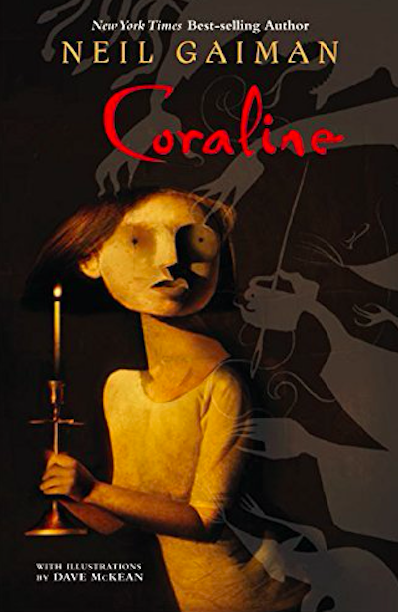
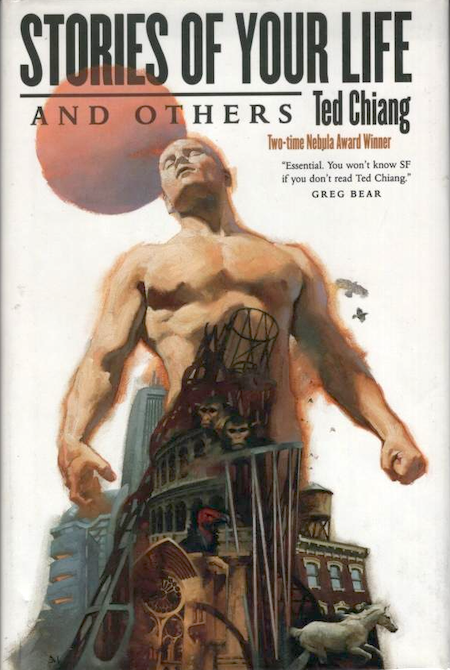
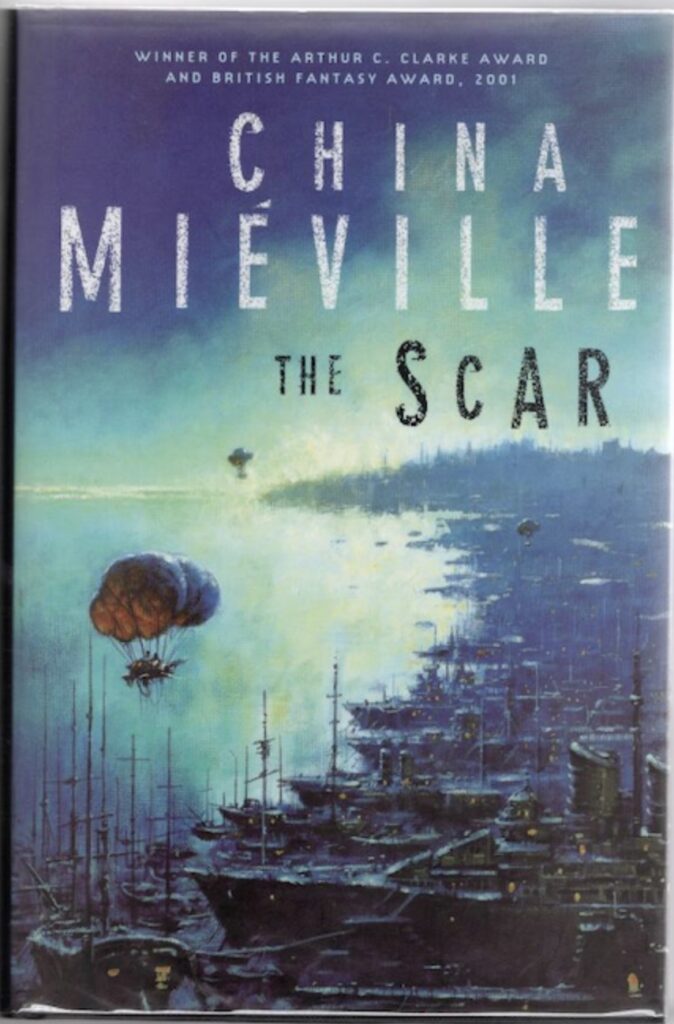
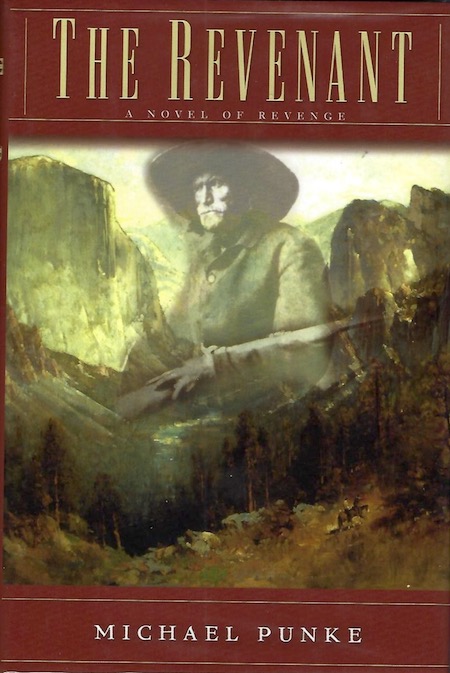
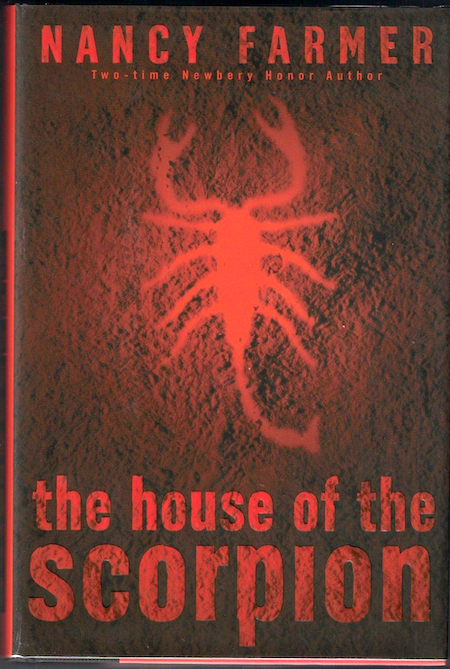
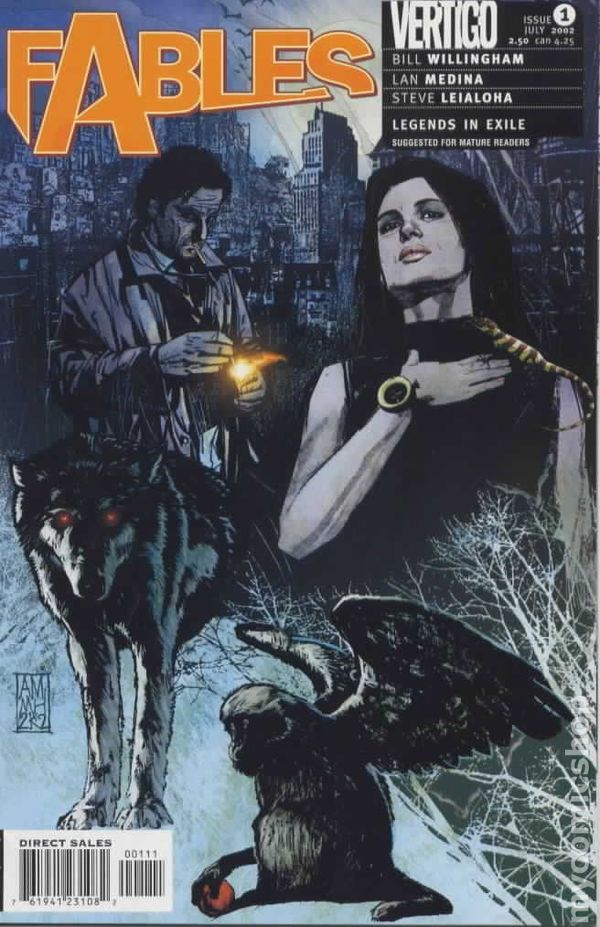
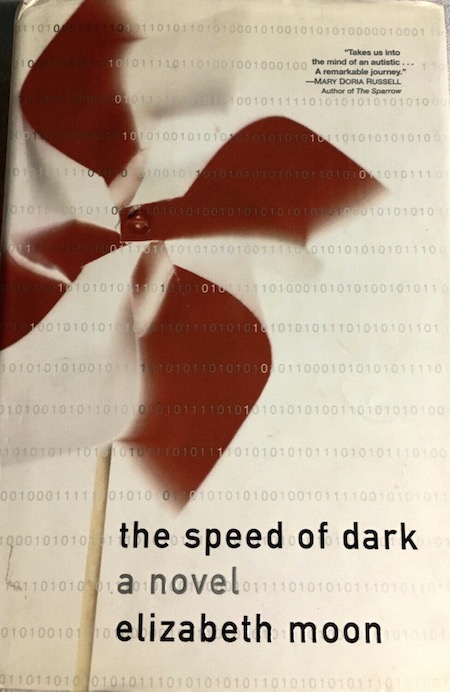
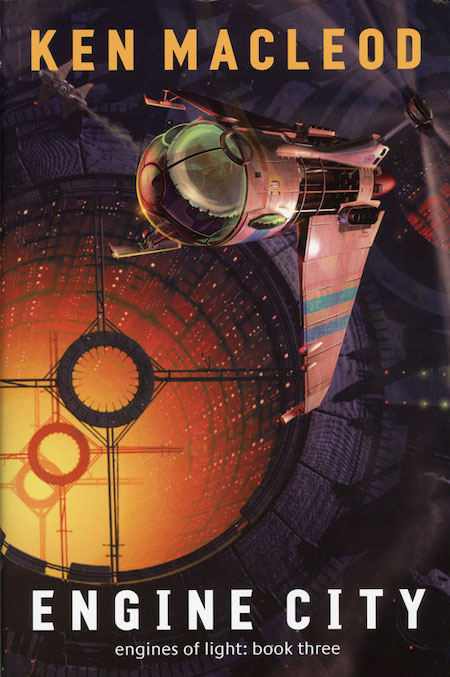

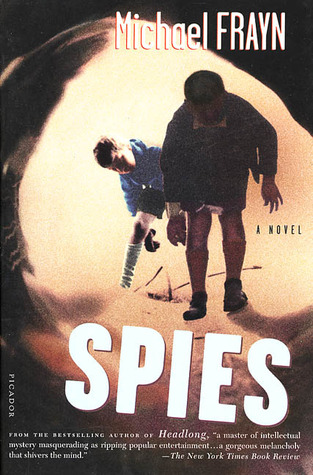
JOSH GLENN’S *BEST ADVENTURES* LISTS: BEST 250 ADVENTURES OF THE 20TH CENTURY | 100 BEST OUGHTS ADVENTURES | 100 BEST RADIUM AGE (PROTO-)SCI-FI ADVENTURES | 100 BEST TEENS ADVENTURES | 100 BEST TWENTIES ADVENTURES | 100 BEST THIRTIES ADVENTURES | 75 BEST GOLDEN AGE SCI-FI ADVENTURES | 100 BEST FORTIES ADVENTURES | 100 BEST FIFTIES ADVENTURES | 100 BEST SIXTIES ADVENTURES | 75 BEST NEW WAVE SCI FI ADVENTURES | 100 BEST SEVENTIES ADVENTURES | 100 BEST EIGHTIES ADVENTURES | 75 BEST DIAMOND AGE SCI-FI ADVENTURES | 100 BEST NINETIES ADVENTURES | 75 BEST HADRON AGE SCI-FI ADVENTURES | NOTES ON 21st-CENTURY ADVENTURES.
